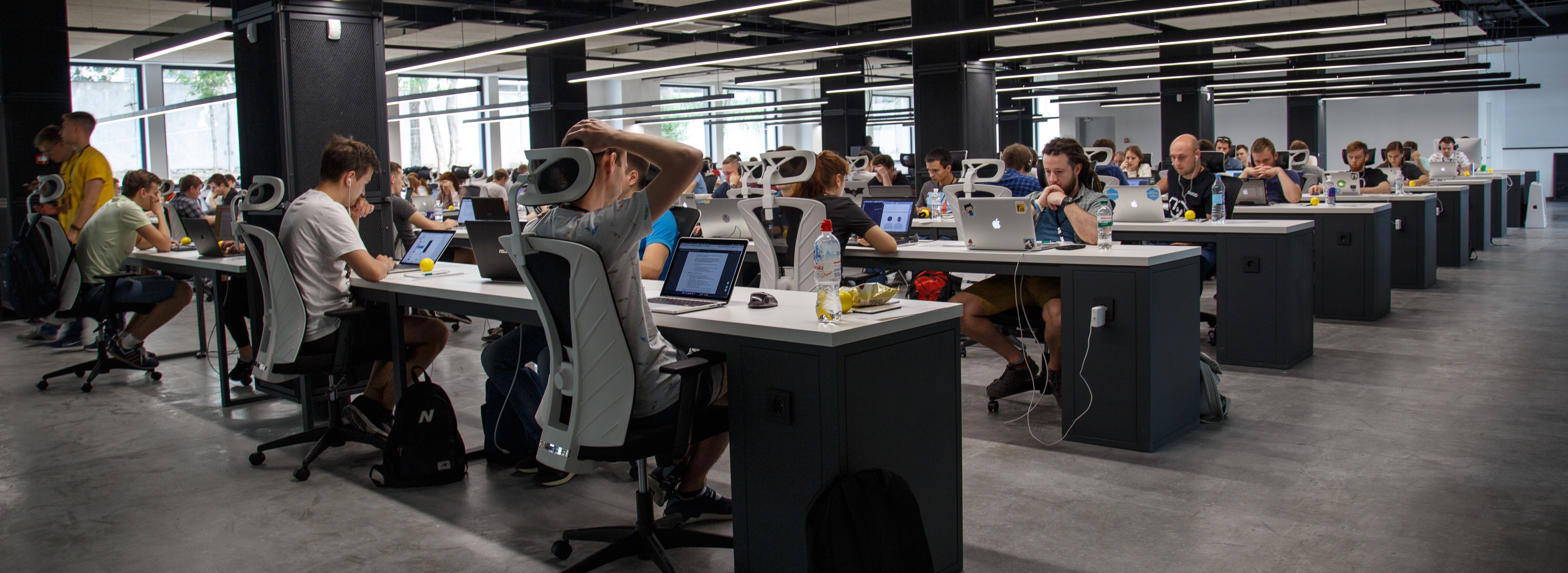On the surface it appears to be an easy win: tapping into the knowledge and expertise that exists within a company through user-generated content. Short how-to instructional videos can be cheaply and easily made and uploaded by experts across the company, then be searchable and accessible by every employee.
But easy doesn’t automatically make it a priority, and searchability doesn’t equate to content being meaningful, especially when people don’t know what to search for, must wade through hundreds or thousands of results, or even assume they don’t need to search out information. No matter how easy and far-reaching user-generated content might first appear, it shouldn’t necessarily be the first priority for learning and development (L&D).
What is a priority is that employees internalize and have instant recall of knowledge and skills that are core — even “mission critical” — to their jobs and functions. L&D teams must distinguish between what needs to be taught, and what can be looked up or searched for. Advanced adaptive learning technology is especially helpful in enabling people to establish the right foundation, to the point that the core capabilities they need become second nature. In other words, they achieve “automaticity.”
With automaticity, employees can apply critical knowledge and skills far more quickly and accurately than they can look up user-generated content. When Captain “Sully” Sullenberger lost both engines on Flight 1549, I doubt passengers expected him to announce over the intercom, “Ladies and gentlemen, please give me a moment while I Google what to do.” Everyone faces more mundane “Sully” moments every day, whether a salesperson is answering a tough client question, or a call center agent is dealing with an angry customer.
Searchable Doesn’t Mean Useable
Worse, just because an instructional video or blog exists, doesn’t mean it will automatically attract viewers and readers. First, there’s the sheer volume of it, a mind-boggling 2.5 quintillion bytes of data generated every day. The workplace risks drowning in YouTube videos, blogs, and user-generated content. A recent fad — dubbed “Netflixization” — is being driven by a number of vendors with libraries of video content for workplace education or user-populated “learning experience platforms.” These may be attractive, though not always effective. Quantity does not guarantee quality—or applicability.
In one case, a large organization relied on user-generated instructional content to educate its workers. But when they analyzed the content, they found that 80 percent of the videos and other content had never been opened. Thousands of hours and hundreds of thousands of dollars of effort, for no return. Easy does not equal cheap. Important to note, this was not random content: it had been made in response to specific requests to support work processes.
This points to a greater problem in corporate learning, as more than 80 percent of organizations rely on user-generated content for learning and development. User-generated content can’t promote learning if people don’t search for it, or if they assume (often incorrectly) that they don’t need to because they’ve mastered the material already. The latter scenario is often an example of “unconscious incompetence,” when people believe they have knowledge that they, in fact, do not have. Data from our own studies show that employees can be unconsciously incompetent in as much as 20 to 40 percent of areas critical to their performance.
Unconscious incompetence becomes an even bigger problem when the creators of user-generated content, themselves, are unconsciously incompetent in some of their knowledge areas. Then instead of being instructional, the content simply becomes a faster and more efficient way to spread incorrect information and deviations from best practices.
The Automaticity Factor
Automaticity, on the other hand, emphasizes “must-have” knowledge areas that are critical to each job. These skills and competencies can vary greatly in scope and difficulty, from the person who doesn’t need to think about the position of the keys on the keyboard to the surgeon who instinctively knows what to do to save a patient during surgery. Automaticity can enhance performance of any job, because knowledge that becomes second nature is instantly accessible.
Automaticity can be easily achieved with advanced adaptive learning technology. “Biological models” based on how the brain learns are particularly well suited to identifying and filling knowledge gaps and correcting and replacing faulty assumptions (their “unconscious incompetence”).
Clearly, to improve accuracy, productivity, and achievement of mission-critical skills, employees cannot solely rely on user-generated content, nor is making this content searchable the golden ticket. What’s needed is a systematic way to identify knowledge gaps and develop competencies in a time-efficient and engaging manner. That’s the potential of advanced adaptive learning technology, helping people achieve automaticity with the confidence to put that knowledge into action.
Nick J. Howe is the Chief Learning Officer of Area9 Lyceum, the learning company of Danish-owned Area9 Group. Area9 Lyceum is currently developing its fourth generation adaptive and personalized learning platform, Area9 Rhapsode™.









